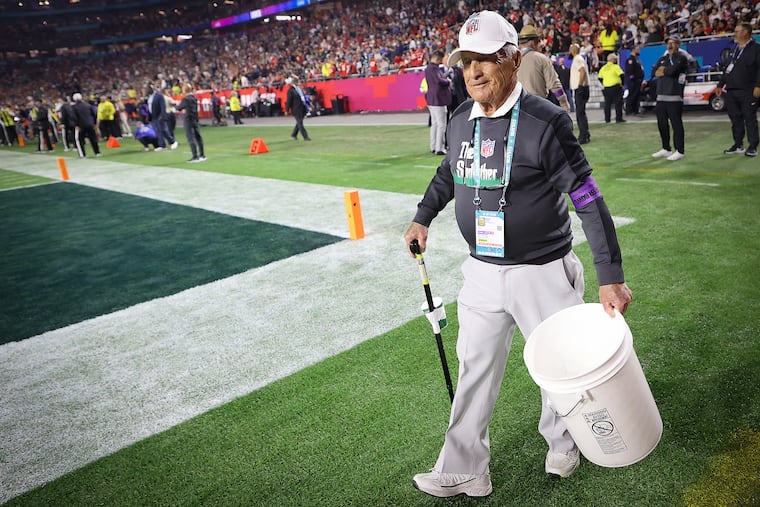Groundskeeper George Toma says Super Bowl LVII field the Eagles and Chiefs played on was overwatered
Toma, who has prepared fields for 57 Super Bowls, told ESPN on Monday that Ed Mangan, the NFL field director, "Didn't take care of it. He wouldn't listen to anybody."
